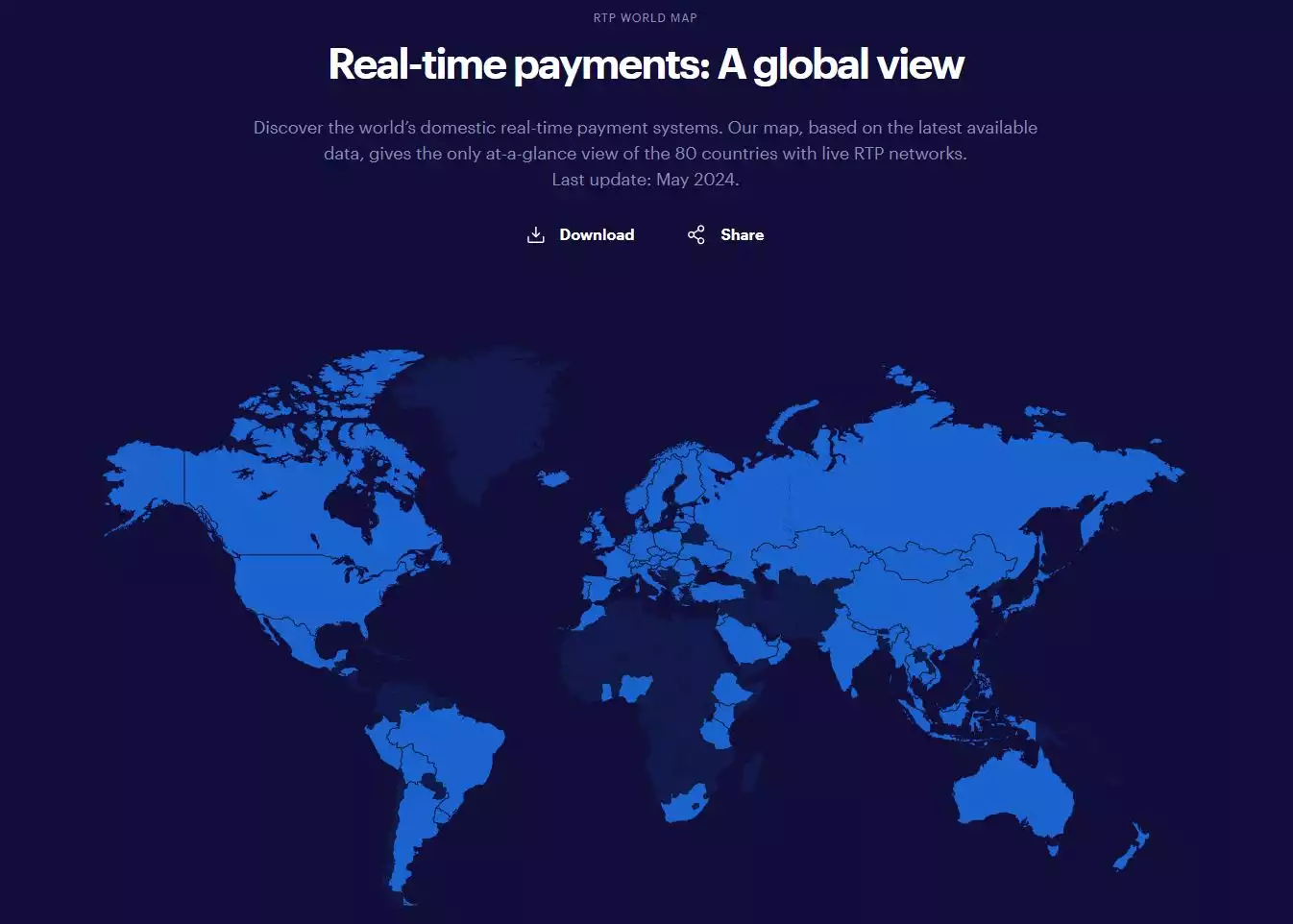CBDCs – Where is Australia Heading?
September 26, 2024
Australia has recently shifted its focus toward developing a wholesale Central Bank Digital Currency (CBDC), reflecting broader global trends in digital finance. The Reserve Bank of Australia (RBA) is prioritising wholesale CBDCs, which are designed for institutional use, over retail CBDCs aimed at everyday consumers. This decision, showcased by the RBA’s Project Acacia, aligns with global efforts to enhance the efficiency and security of large-scale bank-to-bank transactions and improve cross-border payment systems.
Wholesale CBDCs are being explored by many central banks worldwide as a solution to streamline international financial operations. Projects like Project mBridge and Project Dunbar are leading these efforts, aiming to create interoperable frameworks that connect central banks globally. Project mBridge, led by the Bank for International Settlements (BIS) in collaboration with several Asian central banks, is particularly noteworthy. Its goal is to develop a unified cross-border payment system using an interoperable CBDC platform, allowing for seamless international transactions. These efforts address key pain points in global finance, such as the high cost and lengthy settlement times associated with cross-border transactions.
While Australia’s current focus is on wholesale CBDCs, this approach contrasts with countries like China, which has aggressively pursued retail CBDCs. Retail CBDCs are aimed at individual consumers and could serve as a digital alternative to cash. Retail CBDCs are often promoted as increasing a population’s financial inclusion, however, legitimate concerns remain regarding privacy, being linked to a social credit system and control. The RBA’s emphasis on wholesale CBDCs suggests a more cautious and strategic approach, focusing first on strengthening the institutional financial system before addressing consumer needs.
Globally, various nations are actively piloting their own CBDC solutions. China is leading the charge with the digital yuan, while nations like Bhutan, Colombia, Montenegro and the Republic of Palau have partnered with private firms like Ripple to explore CBDC use cases. Ripple’s blockchain-based XRPL infrastructure solutions for both wholesale and retail CBDCs have played a significant role in supporting these initiatives, working with the likes of the U.S. Faster Payments Task Force, Digital Pound Foundation, and the Digital Euro Association.
Understand, that synchronisation and interoperability of global payments are a multistep process. We’ve seen this developing in Australia over the last few years with the launch of our own real-time gross settlement (RTGS) domestic system called the NPP (New Payment Platform). This relates to the speed at which our domestic system now moves using the likes of Osko Payments. What use is a large international or Central Bank “speed of light” blockchain-based solution if it hits the domestic shores of another country not yet using an RTGS system? What we have seen over recent years is the domestic side of the Australian speed equation being developed and organised to then be able to seamlessly integrate with international corridors using blockchain technology speed, low cost, and liquidity.
The following diagram highlights the domestic RTGS initiatives already in place.

https://www.volt.io/real-time-payments-world-map/
Australia’s decision to prioritise wholesale CBDC development aligns with a global shift in streamlining cross-border payments and the settlement of value on distributed ledger technology (DLT). Australia’s RBA is a close observer of developments and pilots undertaken by the likes of the Bank for International Settlements in coordination with other Asian-based Central Banks. It would seem that blockchain technology is the chosen technology to solve the cross-border payment problems with multiple CBDC projects actively partnering with the private sector and their solutions. Wholesale CBDCs appear inevitable, the question remains, does Australia need a retail CBDC version?
Share this Article:
Crypto in your SMSF
Top Movers
Get Started Trading Crypto with Ainslie.
Join Thousands of satisfied customers who trust Ainslie for their cryptocurrency and bullion needs.





